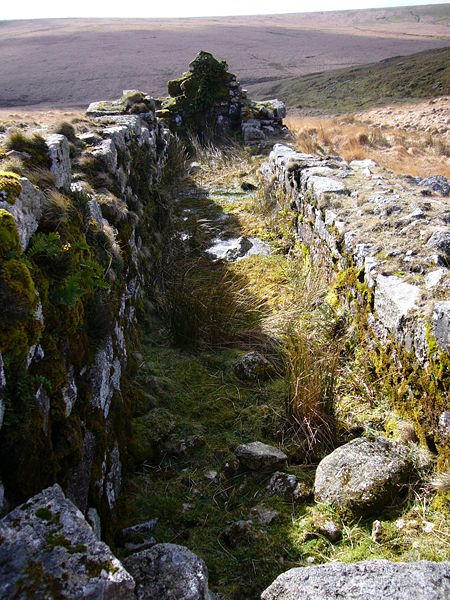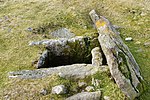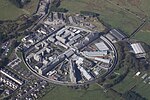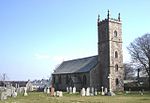Dartmoor tin mining

The tin mining industry on Dartmoor, Devon, England, is thought to have originated in pre-Roman times, and continued right through to the 20th century, when the last commercially worked mine (Golden Dagger Mine) closed in November 1930 (though it saw work during the Second World War). From the 12th century onwards tin mining was regulated by a stannary parliament which had its own laws. Tin is smelted from cassiterite, a mineral found in hydrothermal veins in granite, and the uplands of Dartmoor were a particularly productive area. The techniques used for the extraction of tin from Dartmoor followed a progression from streaming through open cast mining to underground mining. Today, there are extensive archaeological remains of these three phases of the industry, as well as of the several stages of processing that were necessary to convert the ore to tin metal.
Excerpt from the Wikipedia article Dartmoor tin mining (License: CC BY-SA 3.0, Authors, Images).Dartmoor tin mining
West Devon Dartmoor Forest
Geographical coordinates (GPS) Address Nearby Places Show on map
Geographical coordinates (GPS)
| Latitude | Longitude |
|---|---|
| N 50.566666666667 ° | E -4 ° |
Address
Blackbrook Head
PL20 6SS West Devon, Dartmoor Forest
England, United Kingdom
Open on Google Maps









